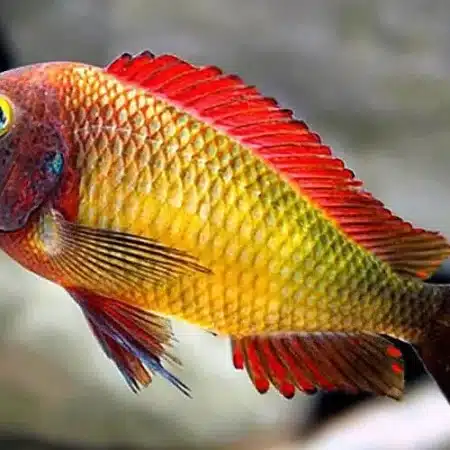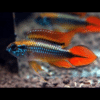To provide the best experiences, we use technologies like cookies to store and/or access device information. Consenting to these technologies will allow us to process data such as browsing behaviour or unique IDs on this site. Not consenting or withdrawing consent, may adversely affect certain features and functions.
The technical storage or access is strictly necessary for the legitimate purpose of enabling the use of a specific service explicitly requested by the subscriber or user, or for the sole purpose of carrying out the transmission of a communication over an electronic communications network.
The technical storage or access is necessary for the legitimate purpose of storing preferences that are not requested by the subscriber or user.
The technical storage or access that is used exclusively for statistical purposes.
The technical storage or access that is used exclusively for anonymous statistical purposes. Without a subpoena, voluntary compliance on the part of your Internet Service Provider, or additional records from a third party, information stored or retrieved for this purpose alone cannot usually be used to identify you.
The technical storage or access is required to create user profiles to send advertising, or to track the user on a website or across several websites for similar marketing purposes.


 Orange II Blunthead Cichlid - Tropheus Moorii «Orange II» - Tanganyika Lake
1 × £43.54
Orange II Blunthead Cichlid - Tropheus Moorii «Orange II» - Tanganyika Lake
1 × £43.54 














Emily Carter (verified owner) –
I recently added the Apistogramma Elizabethae to my aquarium, and I couldn’t be happier! These little gems really bring life and personality to my 20-gallon tank. After about two weeks of observing them, I noticed how vibrant their colors became, especially when they’re feeling playful. They have a charming behavior, swimming around their designated territory while showcasing their stunning iridescent blues and yellows.
I’ve kept other dwarf cichlids before, but I find the Elizabeth’s Dwarf Cichlid to be a bit more peaceful, making them perfect for a community tank. Their diet has been easy to manage with high-quality flakes supplemented with occasional frozen foods. I highly recommend ensuring a varied fish nutrition plan, as it really enhances their colors and overall health!
The only minor concern I had was their initial shyness, but with some hiding spots and plants, they quickly adapted. If you’re considering adding a vibrant and engaging fish to your setup, I wholeheartedly recommend the Apistogramma Elizabethae. They are a joy to watch and truly enrich the aquarium experience! Plus, they shipped quickly and arrived healthy and active – a big plus for any caring fish parent!